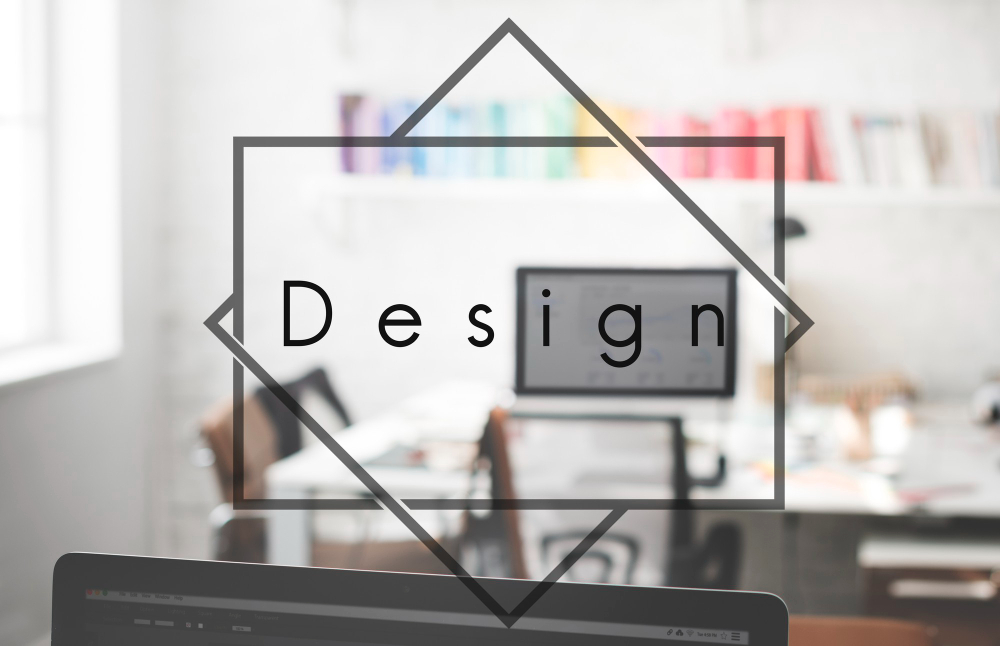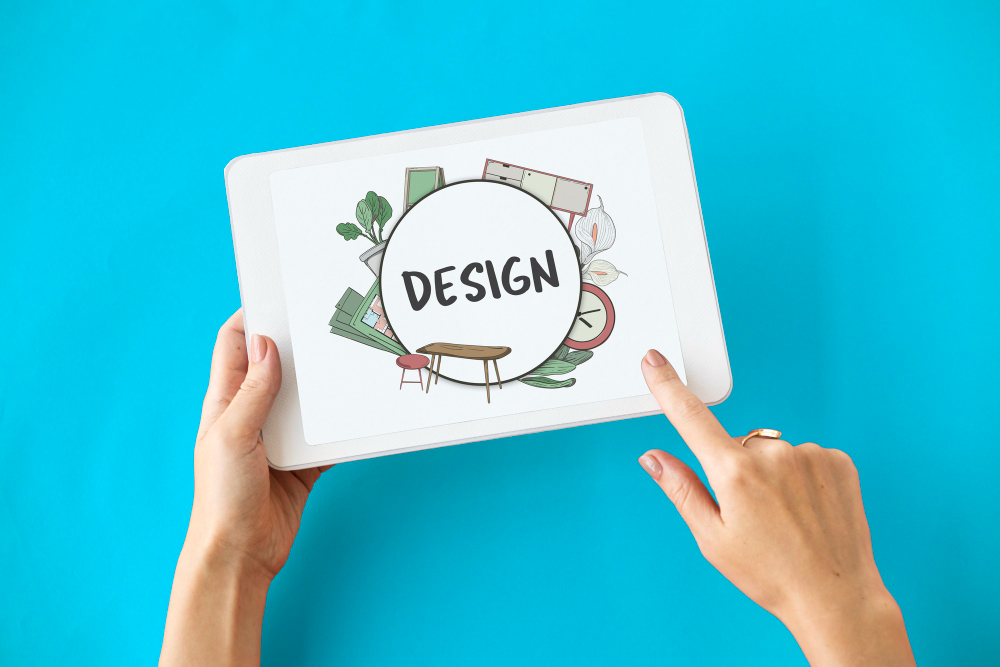
In today’s highly visual world, your brand’s logo is often the first thing potential customers see. It serves as a powerful representation of your company’s identity and values. A professionally designed logo doesn’t just look good; it communicates your brand’s message, sets you apart from competitors, and helps you build a lasting relationship with your audience. In this article, we’ll delve into the significance of professional logo design and how it can enhance your brand’s overall success.
What is a Logo?
At its core, a logo is a combination of text, imagery, and color that visually represents a brand. It can be a symbol, wordmark, or even an abstract design, but the objective remains the same: to make a memorable first impression and reinforce brand identity. Whether it’s the iconic swoosh of Nike or Apple’s minimalist apple symbol, a logo is much more than just a visual element—it encapsulates your brand’s essence.
Key Elements of a Logo Design
Professional logo design incorporates several key elements to ensure that it’s effective and resonates with your target audience. Here’s a breakdown:
- Simplicity: A simple design is easy to recognize and remember. It allows the logo to be versatile and functional across various mediums, from business cards to billboards.
- Relevance: Your logo must align with your industry, target audience, and brand personality. This includes everything from font choice to the color scheme.
- Scalability: An effective logo is scalable, meaning it retains its integrity whether displayed on a large sign or a small mobile screen.
- Distinctiveness: A professional logo sets your brand apart from competitors and gives your business a unique identity.

Why Professional Logo Design Matters
A professional logo design is more than just aesthetics. It’s an essential part of your branding strategy. Here’s why it holds immense importance:
1. First Impressions Matter
Your logo often serves as the first point of contact between your brand and potential customers. A well-crafted logo can make a positive and lasting impression, enticing people to learn more about your business. On the other hand, a poorly designed logo can drive them away, giving the impression that your company is unprofessional or not trustworthy.
2. Establishes Brand Identity
A logo is an integral part of your overall brand identity. It ties together the different elements of your brand, from your website and packaging to your advertising materials. A cohesive and consistent brand identity helps build brand recognition, loyalty, and trust.
3. Differentiates You from Competitors
In a crowded marketplace, a unique and professionally designed logo helps differentiate your brand from competitors. It communicates your brand’s values and strengths, making it easier for customers to choose your products or services over others.
4. Enhances Brand Recall
A strong logo is memorable and instantly recognizable. Think about the logos of Coca-Cola, McDonald’s, or Adidas—each one triggers an immediate connection to the brand. This kind of recognition builds brand equity over time, contributing to customer loyalty and repeat business.
5. Fosters Brand Loyalty
A consistent logo design helps foster trust and loyalty among your audience. When customers feel that your brand is reliable, they’re more likely to return. Over time, your logo becomes synonymous with quality, helping to build long-term customer relationships.
6. Conveys Professionalism
A professionally designed logo lends credibility to your business. It suggests that your company is established, trustworthy, and committed to quality. This is especially important for new businesses that are trying to gain a foothold in competitive industries.
The Role of Illustration and Style in Logo Design
1. Illustration in Logos
Illustrations can add a unique, artistic element to your logo design, making it stand out. Whether it’s an abstract shape, a detailed image, or a hand-drawn graphic, illustrations add a personal touch that communicates the creative essence of your brand.
For example, companies in the arts, crafts, and creative industries often use illustrative logos to represent their innovative spirit. When executed well, illustrations can transform a simple logo into a captivating work of art that communicates your brand’s story visually.
2. Choosing the Right Style
Logo style should reflect your brand’s personality. Whether you go for a modern, minimalist design or a vintage, retro feel depends on your brand’s message and target audience. Some popular logo styles include:
- Minimalist: Clean, simple designs that focus on typography or basic shapes.
- Vintage: Nostalgic designs that evoke a sense of history and tradition.
- Geometric: Logos that use shapes like circles, triangles, and squares to create a modern and clean aesthetic.
- Hand-Drawn: Logos that incorporate a more artistic, personalized feel, often used by creative brands.
- Typography-Based: Logos that focus on stylized text, using font choices to convey the brand’s tone.
3. Infographics in Branding
Infographics are often used in conjunction with logos to support branding efforts by visually communicating complex information in an easily digestible format. An infographic-style logo can be particularly effective for brands looking to convey a data-driven, modern, or innovative image.
How a Logo Contributes to Branding
Your logo is just one component of your brand, but it plays a significant role in establishing your overall branding strategy. Here’s how it fits into the larger picture:
- Branding Consistency: A well-designed logo ensures consistency across all of your branding efforts, from your website and social media profiles to packaging and marketing materials. This consistency helps reinforce your brand’s message and build trust with your audience.
- Emotional Connection: A strong logo design helps create an emotional connection with your audience. Whether it’s through the use of colors, shapes, or imagery, your logo can evoke specific feelings and emotions, contributing to the overall perception of your brand.
- Storytelling: Your logo can tell a story about your brand. Whether it’s a subtle nod to your company’s history, a symbol that represents your values, or an image that conveys your industry, a well-designed logo helps convey the essence of your brand story in a single glance.
Infographics and Logo Design
Integrating infographics into your branding strategy can boost engagement and brand recall. Infographics use visual elements to explain complex data or ideas simply and attractively. This visual storytelling method resonates with audiences and helps establish your brand as a credible source of information. When designing logos, brands that focus on innovation and communication may lean toward styles that mimic the clarity and engaging nature of infographics.
Enhancing Your Logo with Branding Elements
Branding extends far beyond just a logo. While your logo serves as the face of your brand, other elements—such as colors, typography, and imagery—also play critical roles. When combined, these elements create a unified brand experience that resonates with your audience.
- Color Palette: The colors used in your logo should align with your overall branding strategy. Colors evoke emotions and associations, so choose them wisely. For example, blue often represents trust and reliability, while red can evoke passion and excitement.
- Typography: The font used in your logo and other branding materials should complement your brand’s personality. Bold, modern fonts might be appropriate for a tech company, while elegant, serif fonts might suit a luxury brand.
- Imagery and Icons: Incorporating icons or imagery into your logo design can enhance its meaning and add depth. For example, a tree icon might symbolize growth, while a globe could represent global reach.
Final Thoughts on the Importance of Logo Design
A professional logo design is essential for establishing a strong and lasting brand identity. It not only serves as a visual representation of your business but also communicates your brand’s values, differentiates you from competitors, and fosters loyalty among your audience. By investing in professional logo design, you’re laying the foundation for successful branding efforts that can elevate your business and ensure long-term success.
When paired with thoughtful branding strategies—such as consistent use of illustrations, style, and infographics—your logo becomes a powerful tool for creating memorable, meaningful connections with your customers. The importance of a well-crafted logo cannot be overstated; it’s one of the most crucial investments you can make for your brand.


